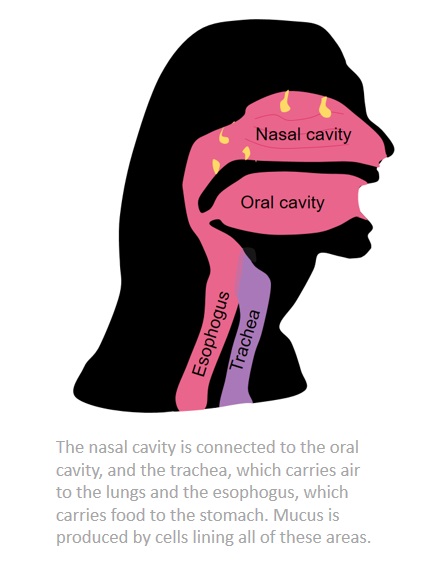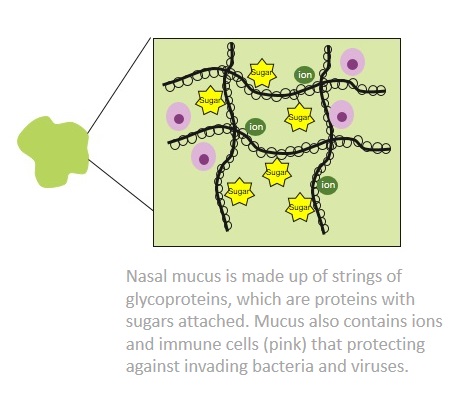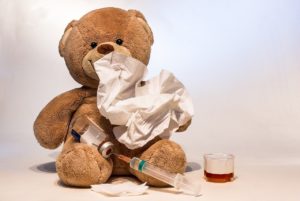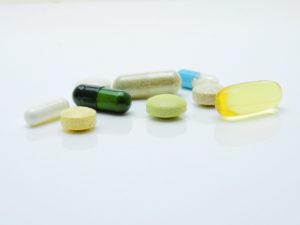Ok parents, we’ve all seen them do it. When I say “them”, you know who I mean – the snot eaters. That’s right. If we’re all honest, every one of our kids has probably consumed an obscene amount of snot (a.k.a. boogers, bogies, or, if you want to be scientific, nasal mucus). My kids now do it for the sole reason that I think it’s gross. “Mom! Look what I’m gonna eat!” they say. I used to turn quickly because with kids, you never know WHAT they’re going to eat. These days, though, it’s so common an occurrence, that 9 times out of 10, I’ll turn around to a kid waiving a big green hunk of mucus in my face, and yes, they immediately pop it in their mouths as soon as they see me looking. I’m sure that most of us have the same “eeewwww” reaction to this occurrence, right? Well one day, after telling my 7 year old yet again not to eat boogers, she asked “But why Mom?”, and, you know, other than the fact that I find it disgusting, I couldn’t come up with a good reason! The whole thing made me start to wonder – is eating nasal mucus actually a bad thing? Is there a danger associated with it? Or do we just think it’s gross because of social norms?
Where does snot come from?
The “where does it come from” question is easy – it comes from our noses. But what we don’t tend to think about when we tell our kids not to eat those lovely green boogers is that the nasal cavity is already directly connected to the throat. Nasal mucus is produced by cells that line the nasal cavity, the throat, and the trachea, and, contrary to common misconceptions, you don’t have to be sick to make nasal mucus. It is produced all of the time, to help lubricate the nasal passages and to “catch” the bacteria and viruses that would cause an infection before they get the chance to invade your respiratory system. In fact, most of the time when kids are sick and most contagious, nasal mucus will thin out and their noses will run in a way that makes it virtually impossible to pluck anything solid out and eat it. Because the nasal cavity is connected not only to the trachea but also to the esophagus, which leads to the stomach, mucus routinely travels down to the stomach. That means that when a kid eats a booger, he/she is usually just placing a healthy component of the respiratory system back where it came from. In addition to that, researchers from the UCLA School of Medicine showed that nasal mucus actually kills bacteria! They took samples of nasal mucus from willing participants and mixed the mucus in a tube with bacteria and then tried to grow the bacteria on an agar plate. The nasal mucus was able to block the growth of the bacteria! Mucus actually contains cells from your immune system that are responsible for fighting viruses and bacterial. Of course, don’t let your kids convince you that spreading snot all over their hands is the same as using an antimicrobial hand sanitizer (because they would probably try). But snot on the finger (and in the mouth) of a healthy kid may not be all that bad.

What is snot and why do kids like to eat it?
So we know that kids of course enjoy the texture aspect of snot (hence, the slime craze hitting all kids around the world). Part of eating snot really is just because it feels gross and, let’s face it, kids just like gross things. But there is likely another attractive part of eating snot, and that has to do with its chemical composition. Many of us who have tasted snot at some point in our lives (c’mon, you know you have) can attest to the fact that it tastes somewhat sweet but also salty. That’s because nasal mucus is made of mucin, which is composed of a network of glycoproteins and ions in water. Glycoproteins are proteins that have sugars attached to them, and the additional ions mixed in make that perfect salty sweet snack. That’s right, kids have basically found a way to pluck candy from their own noses.

Does that mean that eating boogers is completely safe?
In all likelihood, eating snot is not that dangerous to the snot-eater, though he/she could be putting bacteria and viruses that the mucus caught back into his/her body. Most of the time, though, when those pathogens are not present in the nose, they are simply replacing a component of their own respiratory systems, and getting a protein boost to boot. If your child is doing it excessively, he/she may have a condition called Rhinotillexomania, which is characterized as a compulsive need to pick one’s nose and could result in nasal irritation and bleeding. Most cases do not meet this pathological threshold, though, and a study in the Journal of Clinical Psychiatry showed that even 95% of adults pick their noses on a relative routine basis. The biggest risks associated with snot-eating affect not the eater, but everyone around the eater. Let’s face it – kids don’t generally down the snot and then immediately wash their hands (except for the few times we catch them of course!). That means the mucus and everything in it gets carried around your house, and your car, and your kids’ school. The rhinovirus, which causes the common cold, can pass from fingers onto doorknobs, counters, tables, and remain alive and infectious for many hours. That means that if you touch those surfaces, you can inoculate yourself. Scientists have actually tested this! They asked 11 volunteers to touch dried mucus from a person infected with rhinovirus, and 4 of them got sick. So if your child is carrying a cold or another infection, the boogers on his/her hands may get you and others in the house sick.
So what’s the take home?
Perhaps our “eeew” reaction to our kids eating boogers is actually the right response, but maybe not for the reasons we thought. Yes, nasal mucus is gelatinous, oozy, green, and sticky, but those characteristics just make it good at what it is supposed to do – trap bad things and keep them from infecting your child. Unless a child eats it in very large quantities, it is unlikely to cause even the mildest digestive upset. It’s the invisible part, the bacteria and viruses that the mucus may transmit to you and your family, that make picking a nose unpalatable. The next time I tell my daughter to stop eating snot and she asks “But why Mom?”, I’ll tell her that she could be making other people sick, and then I’ll send her off to find the REAL hand sanitizer.
Interested in learning more about mucus? Check out this excellent video by Science Out Loud called “Why Do We Have Snot?”.
Contributing References:
Cole, A. M., Dewan, P., & Ganz, T. (1999). Innate antimicrobial activity of nasal secretions. Infection and immunity, 67(7), 3267-3275.
Quraishi, M. S., Jones, N. S., & Mason, J. (1998). The rheology of nasal mucus: a review. Clinical Otolaryngology & Allied Sciences, 23(5), 403-413.
Pancic, F., Carpentier, D. C., & Came, P. E. (1980). Role of infectious secretions in the transmission of rhinovirus. Journal of clinical microbiology, 12(4), 567-571.
Hendley, J. O., Wenzel, R. P., & Gwaltney Jr, J. M. (1973). Transmission of rhinovirus colds by self-inoculation. New England Journal of Medicine, 288(26), 1361-1364.
Jefferson, J. W., & Thompson, T. D. (1995). Rhinotillexomania: psychiatric disorder or habit?. The Journal of clinical psychiatry.









